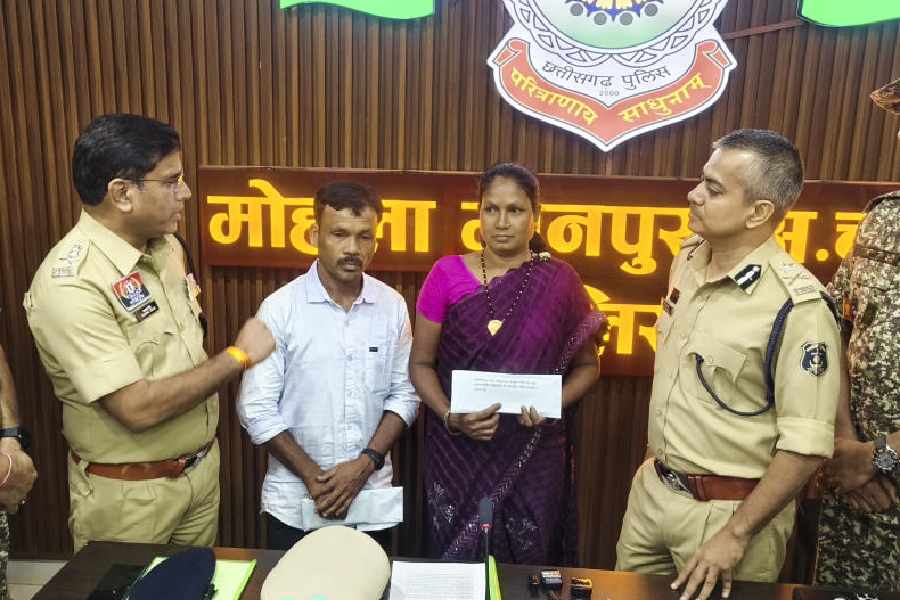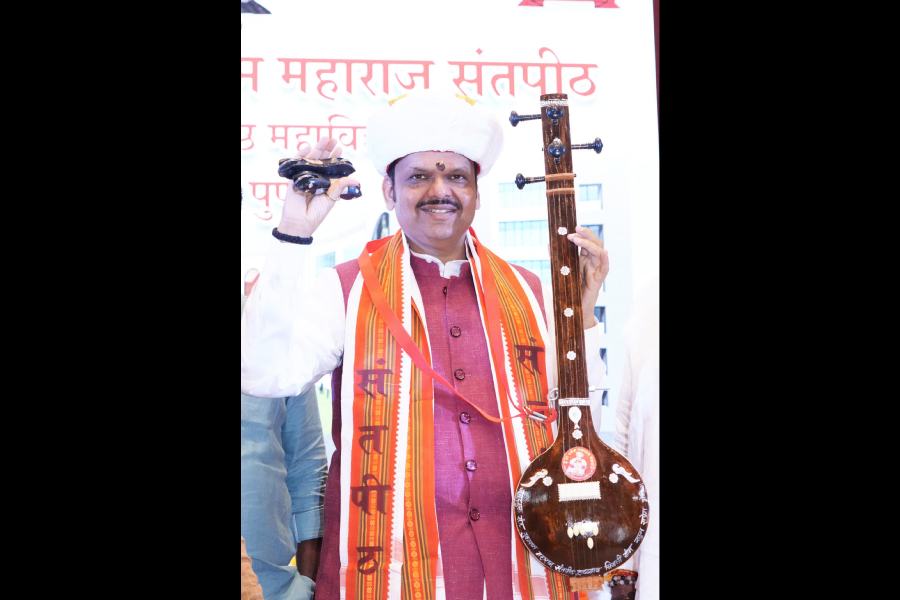 |
They are small, coppery-brown in colour especially around the head and body with a darker abdomen. They come at a variety of sizes within one nest, ranging from two mm to six mm and have nests with no obvious entry or exit holes on top of them. And they are known for their particularly aggressive behaviour.
One may be a victim of their attack if he just happens to be near the vicinity of the nest. And their sting is extremely painful and leaves a burning sensation. Yes, it is the red ant that we are talking about.
Because they are the most dreaded creature in most parts of the world, especially in the USA and Australia, where there are associations to protect the public against them, it was strange to see Kalicharan Munda, calmly collecting their nests from trees in the Taimara Ghati jungles without fearing their legendary bite.
After collecting the nests from morning to noon, Munda separates the eggs, larvae and pupa, from them and transfers these into a bucket. The bucket is then handed over to his wife, who sells these in the Taimara village market at the rate of Rs 2 per ?dona?.
If one wonders what happens with the eggs of the dreaded insects ? they are eaten by many residents or are often used for as cure for many ailments.
The red ants are called Hawoo in Mundari and Kurkut in Santhali. It is also called Beboot in Panchpargana area, and are considered a part of the diet especially of those who are infirm.
As Omari Mundain of Bundu, a regular seller of the ant products stresses, ?Yeh bahut garam hota hai.? (They make the body warm).
And the ant-food has fans among the educated milieu too.
Lohra Mahato, former professor in-charge of PPK College, describes them as ?tasty? when fried with onion and slightly ?sour? and ?creamy?.
And it?s not only him. Dr Ram Dayal Munda, former vice-chancellor of Ranchi University, says that local residents believe ant products are very effective to regain strength after prolonged illnesses like Typhoid, flu and fever.
He acquired this information from his father, who was a vaidya and often prescribed it as a medicine to his patients.
People who cannot afford a regular protein diet often consume adult ants in form of a chutney as a famine food. Here, ants are mashed with salt, red chillies and mustard oil then this chutney is eaten with botha bhat or stale rice.
Rathwa Bedia, a local vaidya of Singari village (Angara block) is a staunch believer of this chutney and he adds that it prevents gastric ailments. He also says that adult ants are boiled with mustard oil and the oil if applied in case of gout and joint pain may cure both. And as far as he is concerned ants are effective cures all times.
The red ants are social creatures often constructing very large nests. The neat nest is built on fresh leaves glued together by a secretion from the larval glands. Workers, or the sterile wingless females, carry out all the daily chores within the nest.
After mating queens break off their wing and establishes a new nest without the help of a male, who normally die.
Each queen may lay many eggs for several years. Most larvae develop into workers. Red ants are omnivorous eating plant material and small insects. They can not consume solid food, and liquefy the food source.
These ants do not have a stinger, but inflict a painful bite, which is aggravated by irritating chemicals (formic acids) that is secreted from their abdomen.
Bandana and Sudhanshu
PPK College, Bundu










